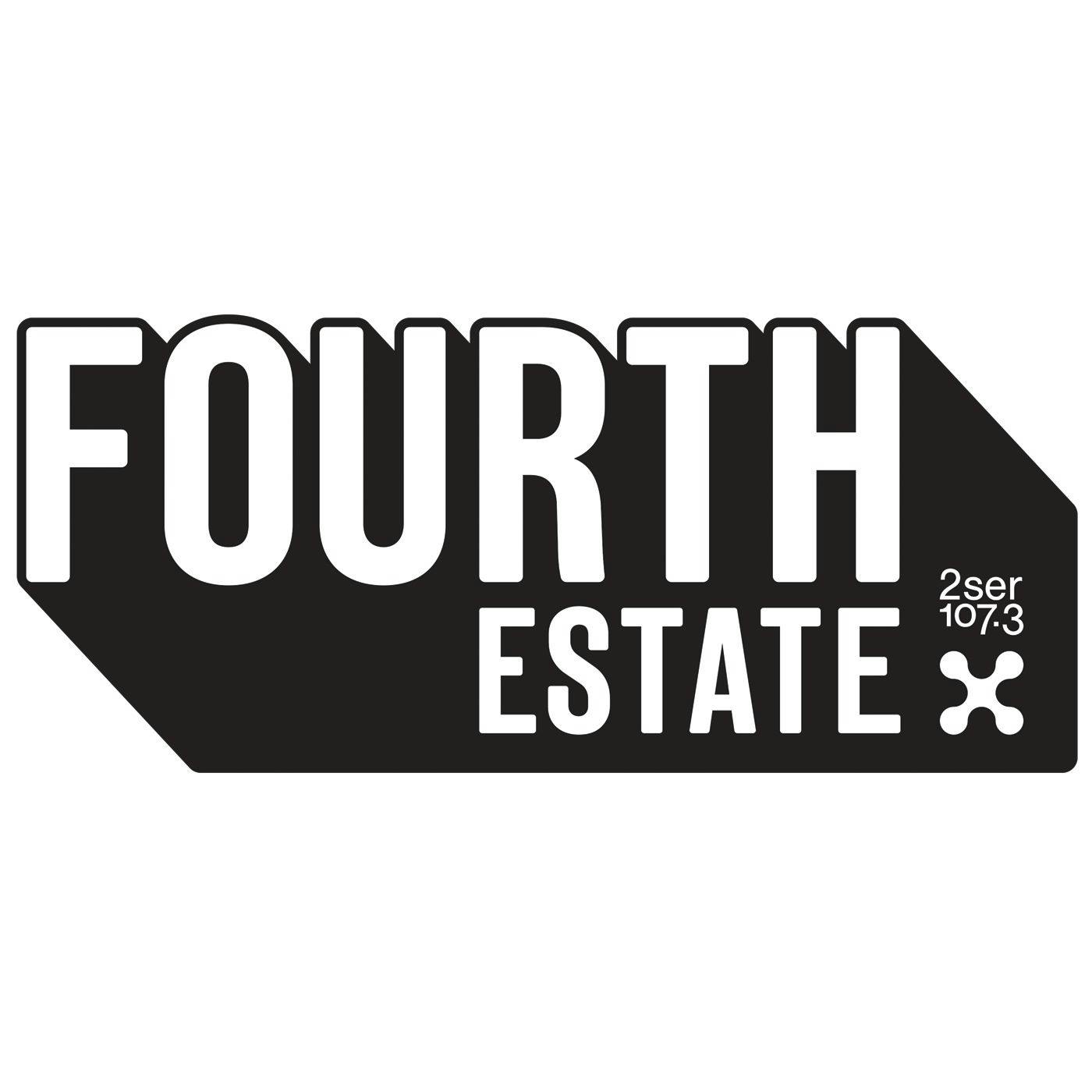

Fourth Estate
2SER
Every week, we discuss how the media has covered the news and analyse issues affecting the industry - with some of the biggest names in journalism in Australia and around the world. Broadcast live on Sydney's 2SER 107.3FM, with the financial assistance of the Community Broadcasting Foundation.
Episodes
Mentioned books

Nov 3, 2022 • 50min
Paddy Manning on The Successor
Who is Lachlan Murdoch? In any given discussion about the Australian media, the word 'Murdoch' will inevitably arise but what do you actually know about him?Anthony Dockrill spoke with journalist and author Paddy Manning about his new unauthorised biography of Lachlan Murdoch called 'The Successor'. Learn more about your ad choices. Visit megaphone.fm/adchoices

Oct 27, 2022 • 32min
Holding Institutions to Account in a Climate Crisis
How do journalists report on the climate crisis when dealing with cautious sources? You might have heard of the allegations surrounding the Bureau of Meteorology’s work culture, but what experience have journalists had when holding the microphone up to various public institutions to talk about the climate crisis? Marlene Even spoke with environment reporters Graham Readfearn, The Guardian Australia and Alex Crowe, The Canberra Times.To read The Bureau of Meteorology's full statement visit the 2ser website. Learn more about your ad choices. Visit megaphone.fm/adchoices

Oct 6, 2022 • 44min
Media and Misogyny- Gillard’s Speech 10 Years On
Ten years ago former Australian Prime Minister Julia Gillard made the historic misogyny speech. In this edition, we discuss the media coverage of the misogyny speech back then and how it has made headlines globally since.Tina Quinn spoke with Samantha Maiden, political editor for News.com.au and Jess Hill, dedicated gendered violence reporter for Primer. Learn more about your ad choices. Visit megaphone.fm/adchoices

Sep 29, 2022 • 32min
Data Hacks and Cyber Attacks
In light of the Optus data breach, we discuss what role the media has when reporting on cyber attacks and data security?Tina Quinn spoke with Jarni Blakkarly, investigative journalist for CHOICE, Nick Bonyhady, technology editor of Sydney Morning Herald and The Age, and Amber Schultz, associate editor & investigative journalist for Crikey. Learn more about your ad choices. Visit megaphone.fm/adchoices

Sep 22, 2022 • 35min
The Rise of Hyperlocal Journalism
Does your community have a local newspaper? Amidst a decline in local newspapers, who fills that gap of information? There is a growing movement of journalists establishing their own hyperlocal digital media start-ups to provide news for their community. Hear from two journalists that started their own news service and find out about the newly established Local and Independent News Association which will support them.Marlene Even spoke with Claire Stuchbery, Executive Director of Local & Independent News Association, Mark Phillips, founder, publisher, and editor of Brunswick Voice, and Peri Strathearn, Managing Editor of Murray Bridge News. Learn more about your ad choices. Visit megaphone.fm/adchoices

Sep 15, 2022 • 39min
Media and the Monarchy
This week's major news headline- the death of Queen Elizabeth II. In this edition, we discuss how the media has and is still covering the death of the Queen and the discussions around Australia’s relationship with the monarchy. Tina Quinn spoke with Geraldine Doogue, host of ABC Radio National’s Saturday Extra and Peter Fray, Editor-in-chief of Crikey and Managing Editor of Private Media. Learn more about your ad choices. Visit megaphone.fm/adchoices

Sep 8, 2022 • 37min
Get Your Mojo Back with Smartphone Journalism
A growing amount of newsrooms are undergoing mobile journalism (MOJO) training. In this edition, listen to two esteemed MOJO journalists and trainers about what makes someone a MOJO and how is this news gathering practice impacting the media landscape?Marlene Even spoke with Corinne Podger, Director and Principal of the Digital Skills Agency and a qualified trainer for the BBC and Reuters and Saffron Howden, National Editorial Trainer for Australian Community Media. Learn more about your ad choices. Visit megaphone.fm/adchoices

Sep 1, 2022 • 36min
Crikey vs Lachlan Murdoch
The media are nicknaming the Crikey V. Lachlan Murdoch defamation case a ‘David and Goliath’ battle. Anthony Dockrill spoke with Crikey’s editor-in-chief Peter Fray and journalist Janine Perrett about the case and Australia’s defamation law broadly. Learn more about your ad choices. Visit megaphone.fm/adchoices

Aug 31, 2022 • 37min
News In My Language
In this edition of Fourth Estate, we discuss the role of multilingual news in Australian media. What needs to be considered when interpreting and re-expressing news into multiple languages?Marlene Even spoke with David Hua, Director of Audio and Language Content at SBS, Russell Anderson, Chief Executive Officer of the National Ethnic and Multicultural Broadcasters’ Council (NEMBC), and Kelly Baylis, the Recording and Production Co-ordinator of the Aboriginal Interpreter Service. Learn more about your ad choices. Visit megaphone.fm/adchoices

Aug 25, 2022 • 40min
Partying Politicians- Seeing Double or Double Standards?
When is it okay for politicians to go out partying? In light of the Finnish Prime Minister Sanna Marin, partying in her downtime and Australian Prime Minister Anthony Albanese recently sculling beer at a music concert, we ask if a double standard exists between female and male politicians and is the media perpetuating gender tropes?Tina Quinn spoke with associate editor & investigative journalist of Crikey News, Amber Schultz and the Hon. Mary Delahunty. Learn more about your ad choices. Visit megaphone.fm/adchoices


